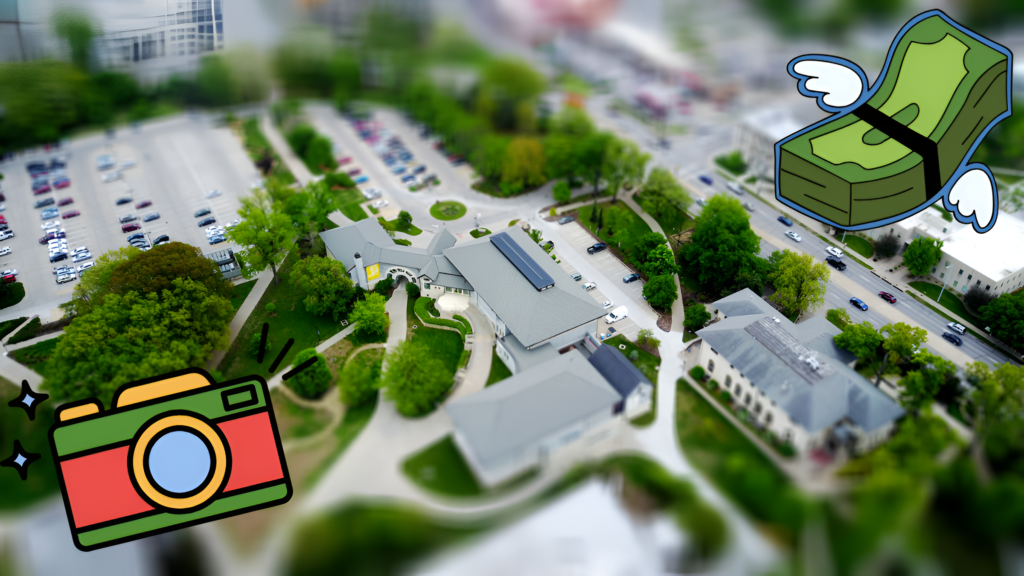Introduction
The real estate market is booming, and in a visually-driven industry, high-quality photography is non-negotiable. Buyers scroll through listings online, and the first impression they get from photos can make or break a sale. This demand has created a golden opportunity for entrepreneurs to launch a virtual real estate photography business from home—a flexible, low-overhead venture that taps into the heart of modern real estate marketing.
Why Real Estate Photography?
Real estate agents and property sellers rely on stunning visuals to attract buyers. Blurry phone photos or poorly lit rooms won’t cut it in a competitive market. Professional real estate photography ensures properties stand out, which translates to faster sales and higher prices. By offering these services virtually, you can collaborate with clients nationwide (or even globally) without leaving your home office.
The best part? You don’t need to be the one behind the camera. As a virtual business owner, you can focus on editing photos, creating virtual tours, or managing a network of local photographers—making this a scalable model for tech-savvy creatives.
6 Steps to Launch Your Virtual Real Estate Photography Business
1. Build Your Skills and Toolkit
Start by mastering the essentials of real estate photography and editing. Key skills include:
Photo Editing: Learn software like Adobe Lightroom, Photoshop, or free alternatives like GIMP.
Virtual Tours: Use tools like Matterport, Zillow 3D Home, or Cupix to create immersive walkthroughs.
Drone Photography (optional): Aerial shots add value, but require FAA certification in the U.S.
If you’re not taking photos yourself, partner with local photographers and handle post-production or client management remotely.
Equipment Checklist:
A high-resolution camera (DSLR or mirrorless) if shooting yourself
Wide-angle lens (10–24mm for crisp interior shots)
Tripod and lighting gear (e.g., softboxes, flashes)
Editing software and a powerful computer
Reliable cloud storage (Google Drive, Dropbox)
2. Set Up Your Home Office
Create a dedicated workspace with:
A fast computer (for editing large files)
High-speed internet (to upload/download photos quickly)
Organizational tools (Trello or Asana for project management)
3. Develop a Portfolio
Your portfolio is your biggest selling tool. If you’re just starting out:
Offer free or discounted shoots to friends, family, or local agents.
Use stock images to practice editing and showcase before/after samples.
Highlight diverse property types (homes, apartments, commercial spaces).
4. Price Your Services
Research competitors and decide on a pricing model:
Per-Photo Rate: 1–1–3 per edited image.
Flat Fee per Shoot: 150–150–500+, depending on property size and add-ons (e.g., virtual tours).
Subscription Packages: Offer monthly deals for agents with multiple listings.
5. Market Your Business
Build a Website: Include your portfolio, services, and a contact form. Optimize it for SEO by using your focus keyword, “real estate photography,” in titles and content.
Leverage Social Media: Share before/after edits on Instagram, join real estate Facebook groups, and network on LinkedIn.
Partner with Agents: Reach out via email or cold calls. Offer a free trial edit to demonstrate your value.
6. Scale Virtually
As demand grows, outsource tasks like:
Hiring freelance photographers or editors.
Using AI tools for basic photo enhancements.
Automating client communication with chatbots or CRM software.
Final Thoughts
Starting a virtual real estate photography business from home is a smart way to capitalize on the booming property market. With minimal upfront costs and the flexibility to work remotely, this venture empowers you to turn your creative skills into a profitable business. Focus on delivering exceptional quality, market strategically, and scale intelligently—soon, you’ll be the go-to expert for agents needing eye-catching listings.
FAQs
Q: Do I need a professional camera to start?
- Not necessarily! If you’re outsourcing photography, focus on editing and client management. If shooting yourself, invest in a DSLR and wide-angle lens.
Q: How do I find clients with no experience?
- Start small. Offer free services to build your portfolio, or use stock images to showcase your editing skills. Join real estate forums and local agent meetups (virtual or in-person).
Q: What’s the average income for a real estate photographer?
- Part-time photographers earn 500–500–2,000/month, while full-time professionals make 50k–50k–80k annually. Virtual businesses can scale higher by serving multiple clients.

Owner of Paisewaise
I’m a friendly finance expert who helps people manage money wisely. I explain budgeting, earning, and investing in a clear, easy-to-understand way.


A great mix of knowledge, motivation, and useful tips in your blog posts.
This piece is well-written and well-informed.